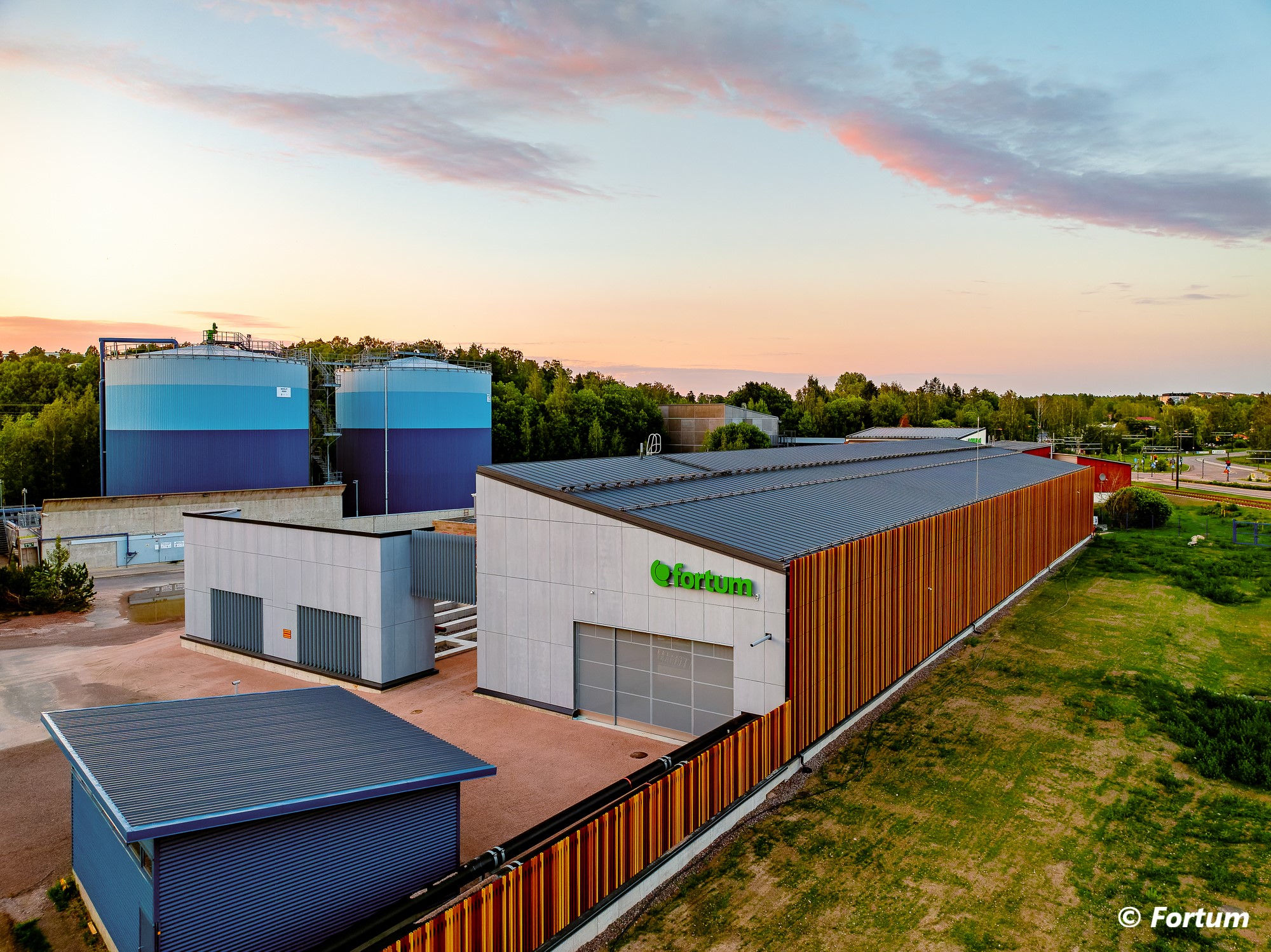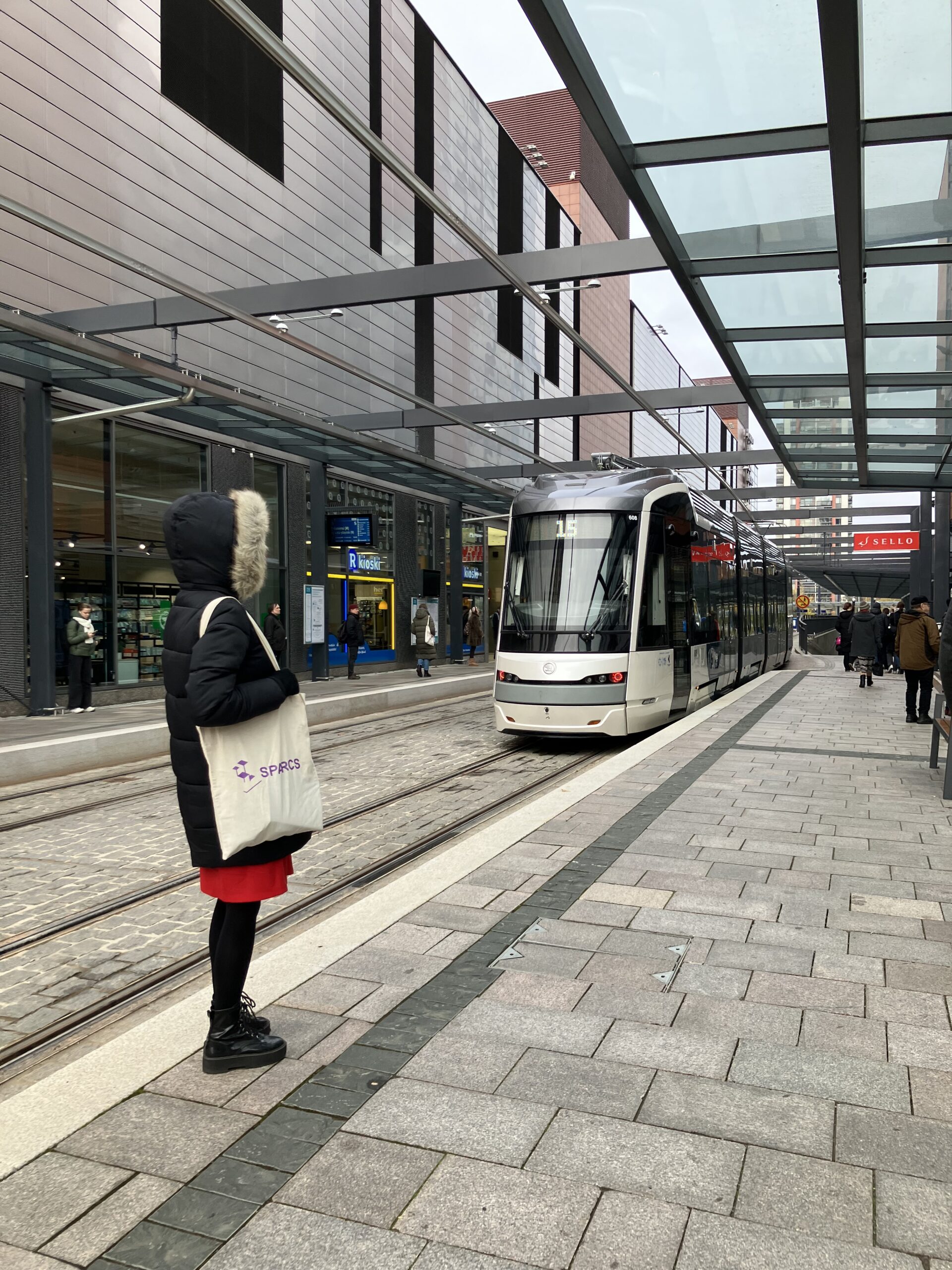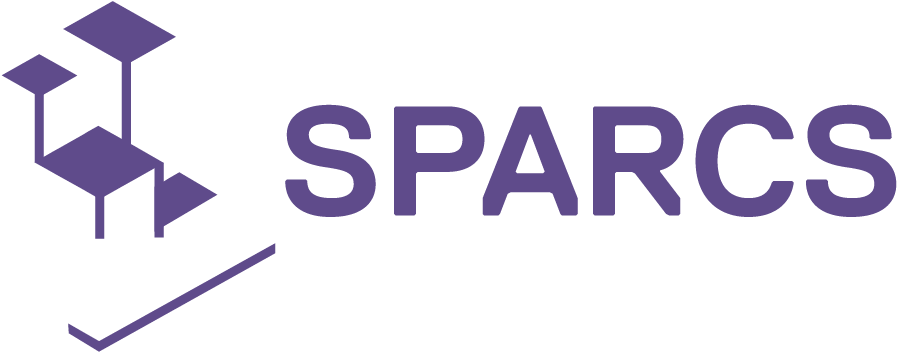Sustainable Change in Leppävaara: New Light Rail tramline connecting the capital region and Finland’s largest air-to-water heat pump plant
The fall of 2023 has marked again time of positive and sustainable change in Espoo, Finland. This exciting transformation is driven by two initiatives that are set to make a substantial impact in the Leppävaara district, which is one the SPARCS demonstration areas: the new, and the city’s first, Light Rail tramline, and the new air-to-water heat pump plant in Vermo area. The new Light Rail started operation on October 21st, 2023 and the air-to-water heat pump plant has achieved full operational capacity during the summer of 2023.
The Light Rail improves public transport services between Espoo and Helsinki. In Espoo, the line links Keilaniemi, Otaniemi, and Leppävaara areas through a modern, rail-based sustainable mode of transportation. The Light Rail is the first of its kind in the capital region.
By 2030, it’s projected that around 91,000 passengers will rely on the Light Rail on a typical weekday, underscoring the need for sustainable and efficient transportation solutions to reduce our carbon footprint. The Light Rail allows the transportation of a growing number of passengers in the future compared to the current bus route, since the Light Rail tram has room for three times as many passengers. The Light Rail will improve the reliability and service level of public transportation in the capital region. The Light Rail also connects the metro and the commuter rail together, which increases the overall use of rail-based public transportation in Espoo and the capital region in general.
Meanwhile, Fortum’s air-to-water heat pump plant in Vermo is an important step towards carbon-free heating within the Leppävaara district and beyond. This innovative plant not only provides emission-free district heating within Espoo, Kauniainen, and Kirkkonummi but can also offer cooling to the surrounding area. The Vermo air-to-water heat pump plant is the largest plant of its kind connected to district heating in Finland. It operates by transferring heat from the outside air to the district heating network via the use of heat pumps utilizing electricity.
What sets the Vermo plant apart is its commitment to reducing CO2 emissions. The electricity used by the plant is not only clean but also origin-certified, ensuring the lowest possible carbon footprint. The Vermo air-to-water heat pump plant is a critical step in transitioning from coal and gas to clean and decentralized energy production methods based on the use of clean electricity. It’s a part of the Espoo Clean Heat program, which aims to achieve carbon-neutral district heating production within the networks of Espoo, Kirkkonummi and Kauniainen by the end of this decade. It’s worth noting that this initiative represents the most significant climate action taken by the cities in the region.
These sustainable changes in the Leppävaara region demonstrate that innovative, eco-friendly solutions are within reach. The combination of the Light Rail tram line and Vermo’s air-to-water heat pump plant will play a significant role in reducing the carbon footprint of the district, setting an example for sustainable urban development and responsible energy usage. The new Light Rail adds a new important element to the local mobility service palette and affects the Leppävaara mobility hub development for years to come towards more sustainable and accessible urban mobility solutions. Meanwhile, the Vermo heat pump plant, close to the SPARCS demonstration area, provides new means for carbon-free and non-combustion-based heating for the Sello block.


